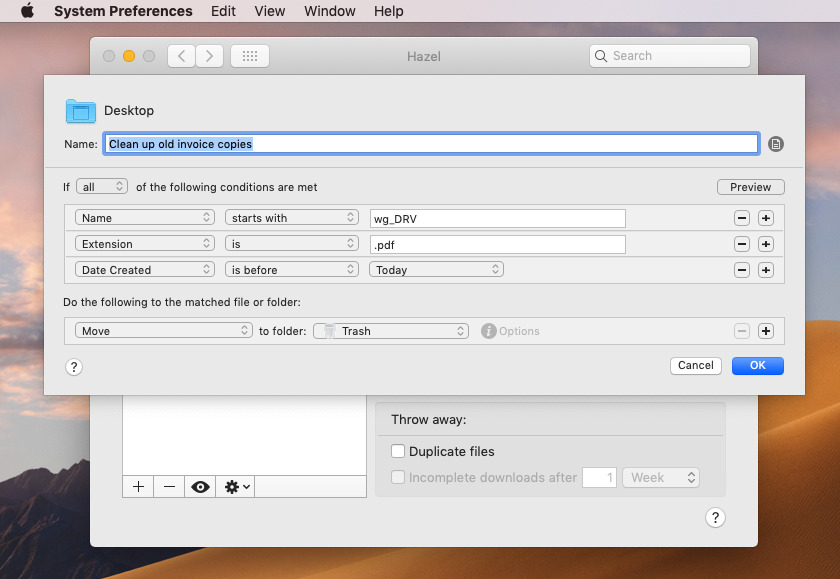- Telegram for macOS is simple, fast, secure – and synced across all your devices. This native app includes support for the MacBook Pro TouchBar, gesture navigation, integration with your Mac's Share menu and system Dark Mode. Telegram for MacOS has every feature from the iOS version of the app.
- Sep 06, 2019 Here is an article on the three ways to check the space used by the programs and applications in Windows 10. Three methods to check the disk space usage for apps and programs are: Method 1 Through ‘Settings’ Step 1. Click on ‘Windows icon’ and then select gear shaped icon to open ‘settings’. Select ‘App’ from the.
Jan 11, 2014 If you want to check a Macs disk space and disk usage, this is one of the simplest ways to do so: From anywhere in Mac OS, choose the Apple menu item and select “About This Mac” At the general ‘About This Mac window’, click on the “Storage” tab (or if you’re running an earlier Mac OS X version, click on “More Info” button). Jun 19, 2018 Check Your Disk to See What is Taking Up Space and Find Large Files. To free up disk space, it’s helpful to know exactly what is using disk space on your Mac. A hard disk analysis tool like Disk Inventory X will scan your Mac’s hard disk and display which folders and files are using up the most space. You can then delete these space hogs to.

Disk Utility User Guide
Disk Utility can fix certain disk problems—for example, multiple apps quit unexpectedly, a file is corrupted, an external device doesn’t work properly, or your computer won’t start up. Disk Utility can’t detect or repair all problems that a disk may have.
If you run First Aid on a disk, Disk Utility checks the partition maps on the disk and performs some additional checks, and then checks each volume. If you run First Aid on a volume, Disk Utility verifies all the contents of that volume only.
In the Disk Utility app on your Mac, choose View > Show All Devices.
Note: If you’re checking your startup disk or startup volume, restart your computer in macOS Recovery, select Disk Utility in the macOS Utilities window, then click Continue. If you check your startup volume (Macintosh HD), make sure you also check your data volume (Macintosh HD - Data).
In the sidebar, select a disk or volume, then click the First Aid button .
If Disk Utility tells you the disk is about to fail, back up your data and replace the disk—you can’t repair it. Otherwise, continue to the next step.
Click Run, then click Continue.
If Disk Utility reports that the disk appears to be OK or has been repaired, you’re done. You can click Show Details to see more information about the repairs. Otherwise, you may need to do one of the following.
If Disk Utility reports “overlapped extent allocation” errors, two or more files occupy the same space on your disk, and at least one of them is likely to be corrupted. You need to check each file in the list of affected files. Most of the files in the list have aliases in a DamagedFiles folder at the top level of your disk.
If you can replace a file or re-create it, delete it.
If it contains information you need, open it and examine its data to make sure it hasn’t been corrupted.
If Disk Utility can’t repair your disk, or you receive a report that the First Aid process failed, try to repair the disk or partition again. If that doesn’t work, back up as much of your data as possible, reformat the disk, reinstall macOS, then restore your backed-up data.
If your Mac has a Fusion Drive and you see a flashing question mark or alert, see the troubleshooting section of the Apple Support article About Fusion Drive, a storage option for some Mac computers.
If you continue to have problems with your disk or it can’t be repaired, it may be physically damaged and need to be replaced. For information about servicing your Mac, see Find out how to service or repair your Mac.
Mount cloud drive as local disk on Mac
OpenStack Swift
Microsoft OneDrive
Backblaze
Google Drive
Dropbox
FTP/SFTP/FTPS
Amazon S3
pCloud
Web DAV
Box
Mega

Key characteristics of CloudMounter
Cloud data encryption
Integration with Finder
Constant updates
Secure Your Cloud Storages
Dropbox
Amazon S3
FTP
Google Drive
Microsoft OneDrive
WebDAV
Seamless integration with Finder
Status icons in Finder
